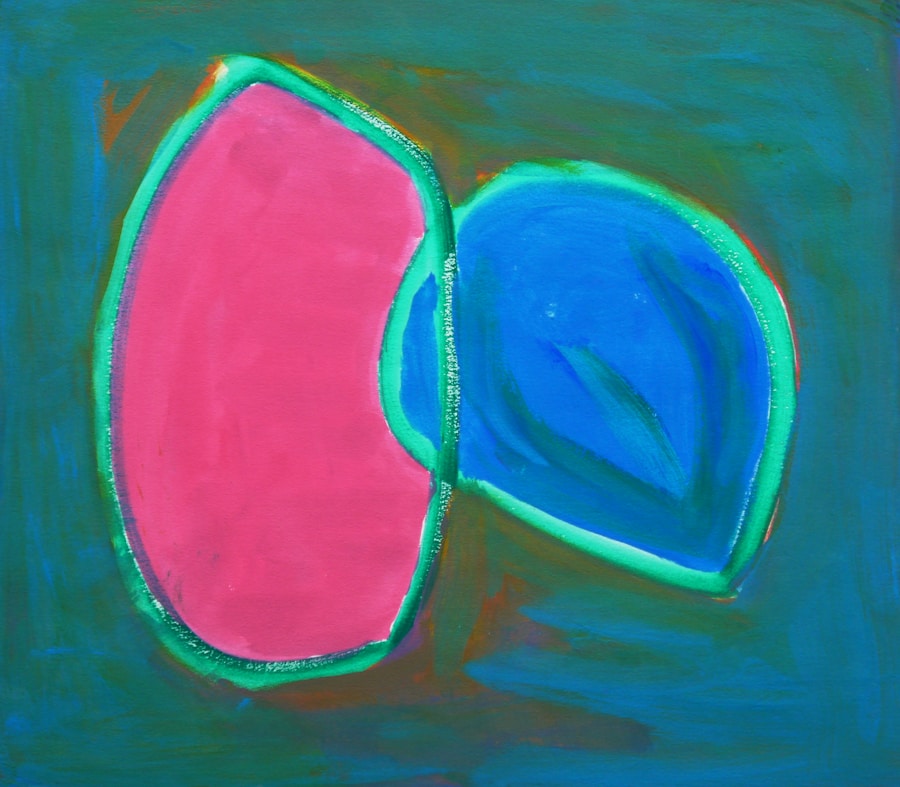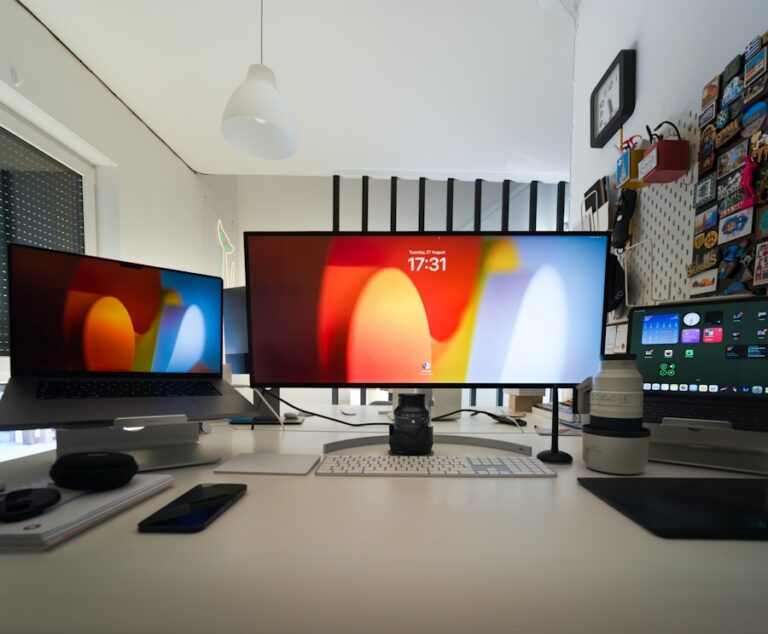From Concept to Screen: The Process of Creating Digital Art Wallpapers
The process of creating a piece of artwork often begins with a spark of inspiration. This inspiration can come from a variety of sources, such as nature, personal experiences, or even other works of art. Once the initial idea has taken root, the artist begins the process of conceptualization. This involves fleshing out the idea, considering different ways to bring it to life, and determining the overall message or feeling that the artwork should convey. For example, if the inspiration comes from a beautiful sunset, the artist may want to capture the sense of peace and tranquility that comes with watching the sun dip below the horizon. This stage is crucial in laying the foundation for the rest of the artistic process, as it sets the tone and direction for the artwork.
After the initial idea has been solidified, the artist may begin to gather reference materials to further develop their concept. This could involve taking photographs, making sketches, or collecting objects that relate to the inspiration. By immersing themselves in the subject matter, the artist can gain a deeper understanding of the nuances and details that will bring their artwork to life. This stage is also an opportunity for the artist to experiment with different compositions and perspectives, allowing them to explore various ways of interpreting their initial idea. Ultimately, this phase is about refining and honing the concept until it is ready to be translated into a tangible form.
Sketching and Drafting: Bringing the Idea to Life
Once the concept has been fully developed, the artist can begin the process of bringing their idea to life through sketching and drafting. This stage involves creating preliminary drawings and sketches that serve as a blueprint for the final artwork. These sketches allow the artist to experiment with different compositions, perspectives, and visual elements, helping them to refine their vision before committing to a final piece. Sketching and drafting also provide an opportunity for the artist to work through any technical challenges or design issues that may arise, ensuring that the final artwork will be cohesive and visually compelling.
During this phase, the artist may also begin to explore different mediums and techniques that will best bring their concept to fruition. For example, if the artwork is intended to be a painting, the artist may experiment with different brush strokes, color palettes, and textures to determine the most effective way to convey their vision. Similarly, if the artwork is intended to be a sculpture, the artist may create maquettes or small-scale models to test out different forms and materials. This stage is all about experimentation and exploration, allowing the artist to push the boundaries of their initial idea and discover new possibilities for their artwork.
Digital Rendering: Transforming the Sketches into Digital Art
In today’s digital age, many artists choose to take their traditional sketches and drafts and transform them into digital art. This process involves scanning or photographing the original sketches and then using digital software to refine and enhance them. Digital rendering offers a wide range of tools and techniques that can take an artist’s initial concept to new heights, allowing for greater precision, flexibility, and creative freedom. For example, an artist may use digital rendering to experiment with different color schemes, add intricate details, or manipulate the composition in ways that would be difficult or impossible to achieve with traditional methods.
One of the key benefits of digital rendering is its ability to streamline the artistic process. With digital tools, artists can easily make changes and revisions to their artwork without having to start from scratch. This flexibility allows for greater experimentation and iteration, ultimately leading to a more refined and polished final product. Additionally, digital rendering opens up new possibilities for sharing and distributing artwork, as it can be easily reproduced and disseminated across various platforms and mediums. Overall, digital rendering represents a powerful tool for artists looking to bring their initial ideas to life in innovative and dynamic ways.
Color Palette and Composition: Choosing the Right Colors and Arrangement
As the artwork begins to take shape, one of the most critical decisions an artist must make is choosing the right color palette and composition. The colors used in a piece of art can have a profound impact on its overall mood and message, so it’s essential for artists to carefully consider which colors will best convey their intended meaning. For example, warm colors like reds and oranges may evoke feelings of passion or energy, while cool colors like blues and greens may create a sense of calm or tranquility. By selecting a color palette that aligns with their initial idea, artists can ensure that their artwork effectively communicates the emotions and themes they wish to express.
In addition to choosing the right colors, artists must also carefully consider the composition of their artwork. Composition refers to how visual elements are arranged within a piece, including factors such as balance, symmetry, and focal points. A strong composition can draw the viewer’s eye into the artwork and guide them through its various elements in a deliberate and engaging way. By experimenting with different compositions, artists can find the arrangement that best enhances their initial idea and creates a visually compelling experience for the viewer. Ultimately, both color palette and composition play a crucial role in bringing an artist’s initial concept to life in a way that is visually impactful and emotionally resonant.
Review and Feedback: Seeking Input and Making Revisions
Once the initial sketches have been transformed into digital art and the color palette and composition have been chosen, it’s essential for artists to seek feedback from others. Reviewing their work with fresh eyes can help artists identify areas for improvement or refinement that they may have overlooked. This feedback can come from fellow artists, mentors, or even friends and family members who can offer valuable perspectives on how well the artwork conveys its intended message or feeling. By seeking input from others, artists can gain new insights into their work and make informed decisions about how best to bring their initial idea to fruition.
In addition to seeking feedback from others, artists must also be open to making revisions based on this input. Revisions are an essential part of the artistic process, allowing artists to refine their work and ensure that it effectively communicates their initial concept. This may involve making adjustments to the color palette or composition, adding or removing visual elements, or reworking certain aspects of the artwork to better align with its intended message. While making revisions can be challenging, it ultimately leads to a stronger and more impactful final product that effectively conveys the artist’s initial idea.
Final Touches: Adding Details and Enhancements
As the artwork nears completion, artists begin adding final touches and enhancements that elevate their work to its full potential. This stage involves paying close attention to detail, refining visual elements, and adding depth and complexity to the artwork. For example, an artist may add intricate patterns or textures that enhance the overall composition or use lighting effects to create a sense of depth and dimension. These final touches serve to enrich the viewer’s experience of the artwork, drawing them in and inviting them to explore its various nuances and intricacies.
In addition to adding details, artists may also consider incorporating additional elements that further enhance their initial idea. This could involve integrating symbolism or metaphorical imagery that adds layers of meaning to the artwork or incorporating interactive elements that engage viewers in new and unexpected ways. By carefully considering these final touches and enhancements, artists can ensure that their artwork effectively communicates their initial concept while also offering a rich and immersive experience for those who engage with it.
Sharing and Distribution: Making the Artwork Available to the Public
Once the artwork is complete, artists must consider how best to share and distribute it to the public. This could involve exhibiting it in galleries or art shows, publishing it in print or digital media, or making it available for purchase through online platforms or art markets. By making their artwork available to a wider audience, artists can connect with viewers who resonate with their initial idea and create meaningful experiences for those who engage with their work.
In addition to sharing their artwork with the public, artists may also consider ways to engage with their audience directly. This could involve hosting workshops or demonstrations that offer insight into their artistic process or creating opportunities for viewers to interact with their artwork in unique and immersive ways. By fostering these connections with their audience, artists can create a sense of community around their work and build lasting relationships with those who appreciate their initial ideas.
In conclusion, bringing an initial idea to life through art is a complex and multifaceted process that involves inspiration, conceptualization, sketching and drafting, digital rendering, color palette and composition choices, review and feedback seeking revisions as well as final touches before sharing it with an audience through various distribution channels. Each stage of this process presents unique challenges and opportunities for artists as they work tirelessly to transform their initial ideas into tangible works of art that resonate with viewers on a deep emotional level. By carefully navigating each step of this journey with creativity, passion, and dedication, artists can ultimately create powerful pieces that leave a lasting impact on those who experience them.






